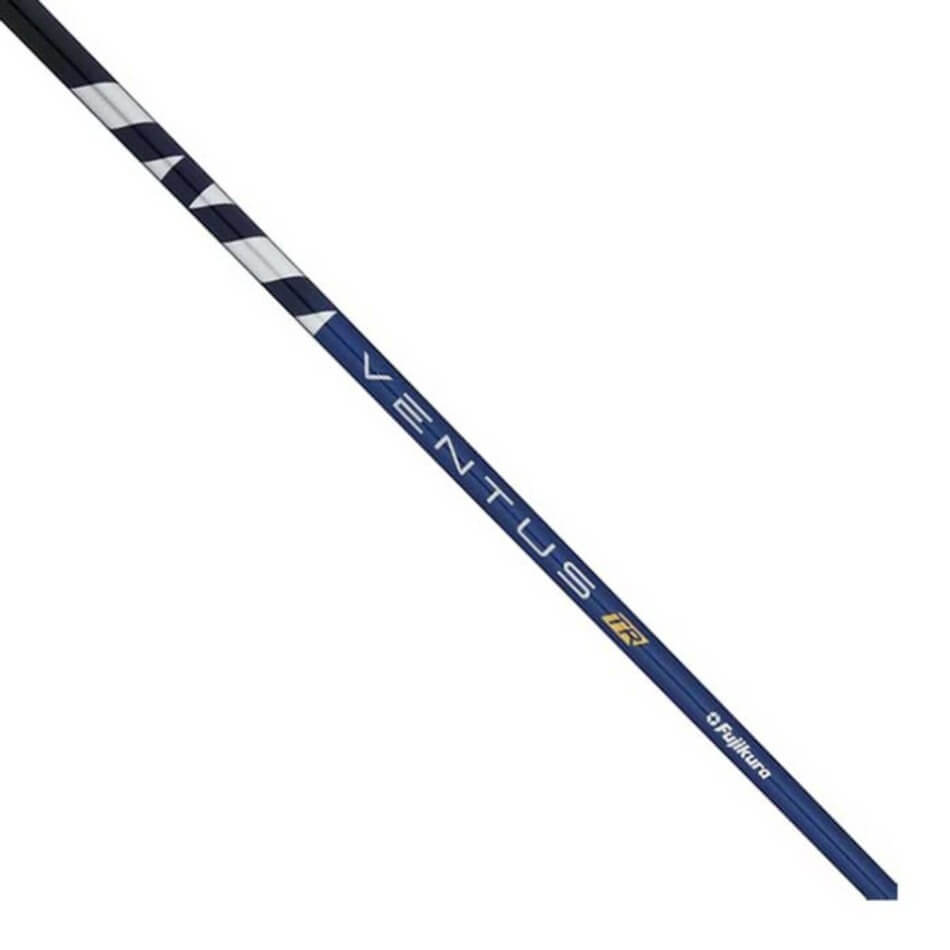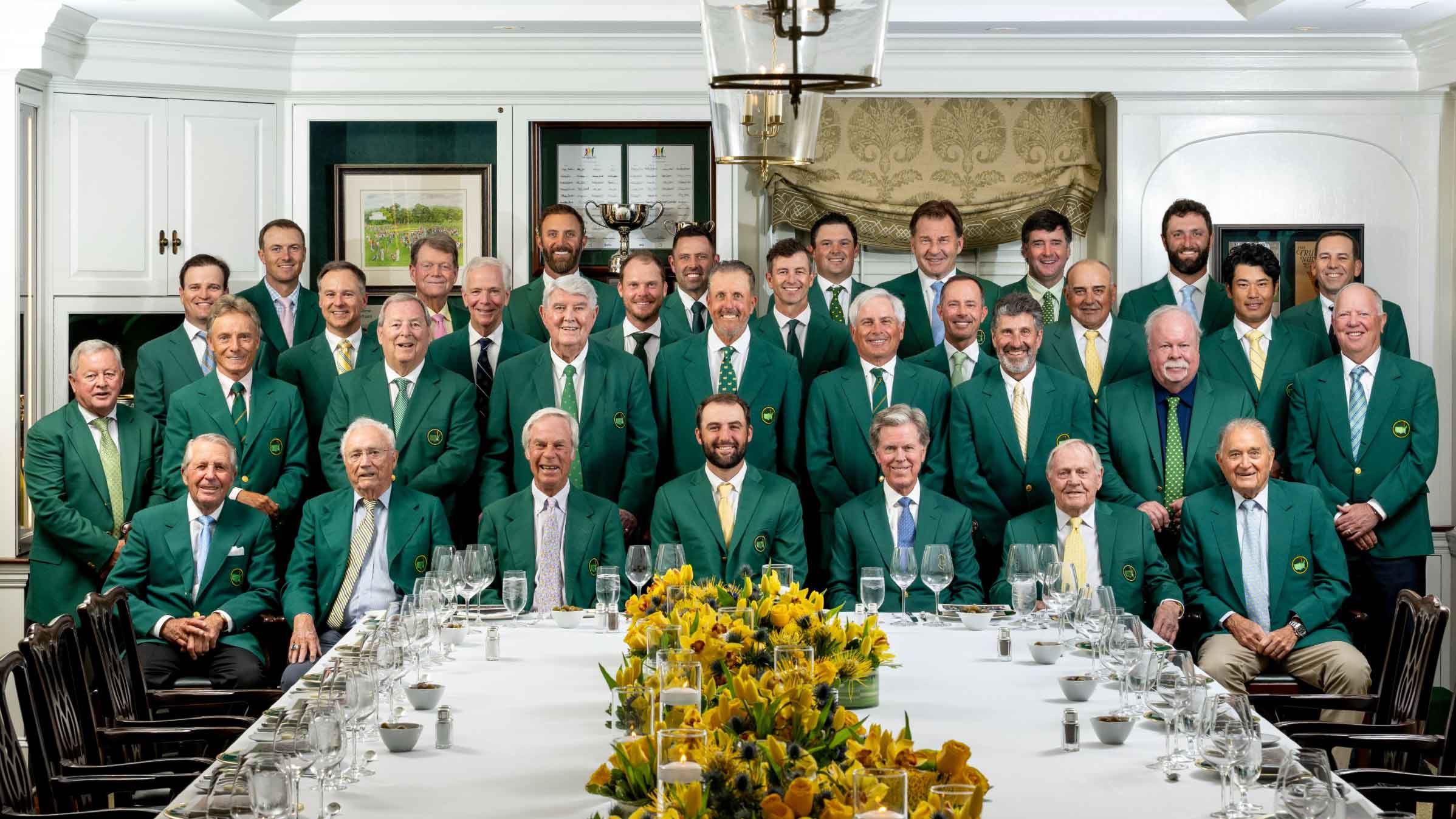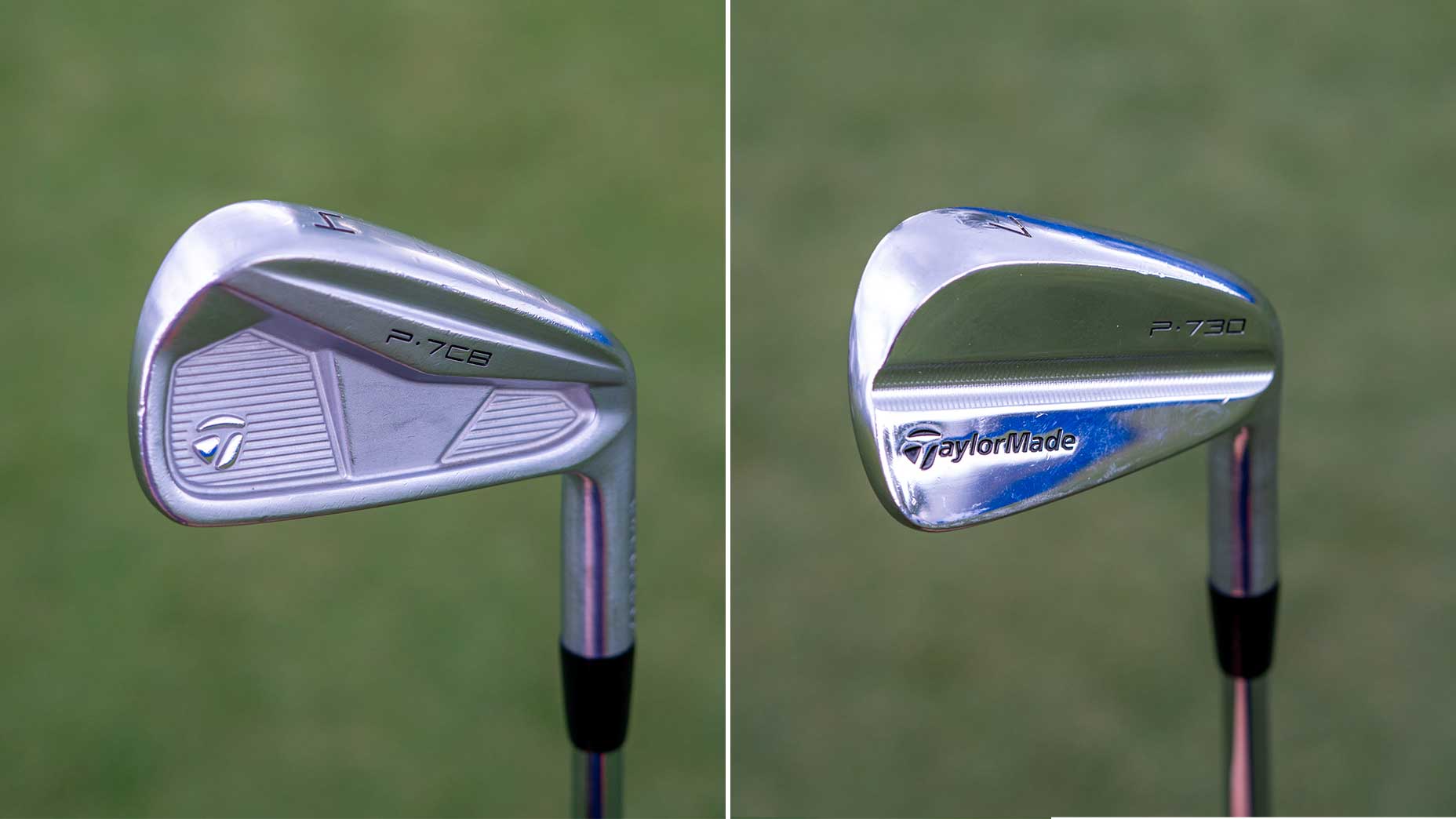Welcome to Wall-to-Wall Equipment, the Monday morning gear wrap-up in which GOLF equipment editor Jonathan Wall takes you through the latest trends, rumors and breaking news.
Bombs away
Rory McIlroy missed out on winning the WGC-Dell Technologies Match Play but departed feeling completely confident about the one club that could ultimately determine his Masters fate. No, this weekly gear rundown won’t include an opus on McIlroy’s new Scotty Cameron 009M GSS putter. (Although, the wand did have its moments during the week.)
Instead, we’re going to focus on another club that underwent a change leading up to McIlroy’s arrival in Austin. That would be the driver shaft — not the head.
At the Players Championship, McIlroy missed the cut and openly lamented the loss of a TaylorMade Stealth Plus driver that had crept too close to the USGA’s Characteristic Time limit — anything beyond the CT limit would’ve rendered the club non-conforming — prompting him to remove it from play after the first round of the Genesis Invitational.

Fujikura Ventus TR Blue
McIlroy replaced the Stealth with a Stealth 2 Plus, but something felt amiss.
“These driver heads are so finicky,” he said. “It’s hard to get one exactly the same.”
It wasn’t until McIlroy returned home to test different driver builds that things finally clicked. A switch to Fujikura’s Ventus TR Blue shaft in his Stealth 2 Plus 3-wood at the Players Championship led McIlroy to wonder if the shaft could improve his driver as well. (He was previously playing Ventus Black in the driver.)
Working with different profiles of Fujikura’s Ventus TR shaft, McIlroy found the same Blue (6X) at a shorter length (44 inches versus 44.5 inches) kept the club from “falling” behind him during the transition.
“It’s nice,” McIlroy said on Tuesday while walking up the 5th fairway at Austin Country Club. “It’s a bit more of a lively feel. I put it (the TR Blue) in the 3-wood at the Players, and it’s just like, because I’m liking playing the driver shorter these days, and that Black shaft just got so boardy.
‘Trying to rekindle an old flame’: Rory McIlroy considers major gear changeBy: Jonathan Wall
“[The Blue] still has that real stable feel in the handle. And I hate looking at loft, so if I’m not playing a driver with more loft, I have to get the spin from somewhere.”
Going shorter in shaft length can improve impact consistency, but it tends to come at the cost of clubhead speed. In McIlroy’s case, his speed didn’t suffer in Austin. In fact, it could be debated the 33-year-old was even longer — he was cruising at 186 mph ball speed — which seems crazy considering he was already leading the Tour in driving distance entering the week.
McIlroy flew the green on the par-4 18th hole, nestling the ball within 3 feet of the hole for an improbable eagle. “That’s one of the best drives in the history of the game,” announcer Brad Faxon said of the tee shot. A day later, McIlroy uncorked a 400-plus yard drive on the downhill par-5 12th that landed beyond the cart path on the fly.
Yes, it was that kind of week for McIlroy with the driver.
With the final edition of the Match Play in the rearview, McIlroy turns his sights to the Masters where extra distance always comes in handy. And with the green coats extending the par-5 13th, his newfound length (and accuracy) could give him an even bigger edge at Augusta National.
That’s the last McIlroy’s competitors want to hear entering the first major of the year. With a deadly driver and reliable putter, things are looking up for McIlroy as he chases the final leg of the career grand slam.
Want to overhaul your bag for 2023? Find a fitting location near you at GOLF’s affiliate company True Spec Golf. For more on the latest gear news and information, check out our latest Fully Equipped podcast below.










